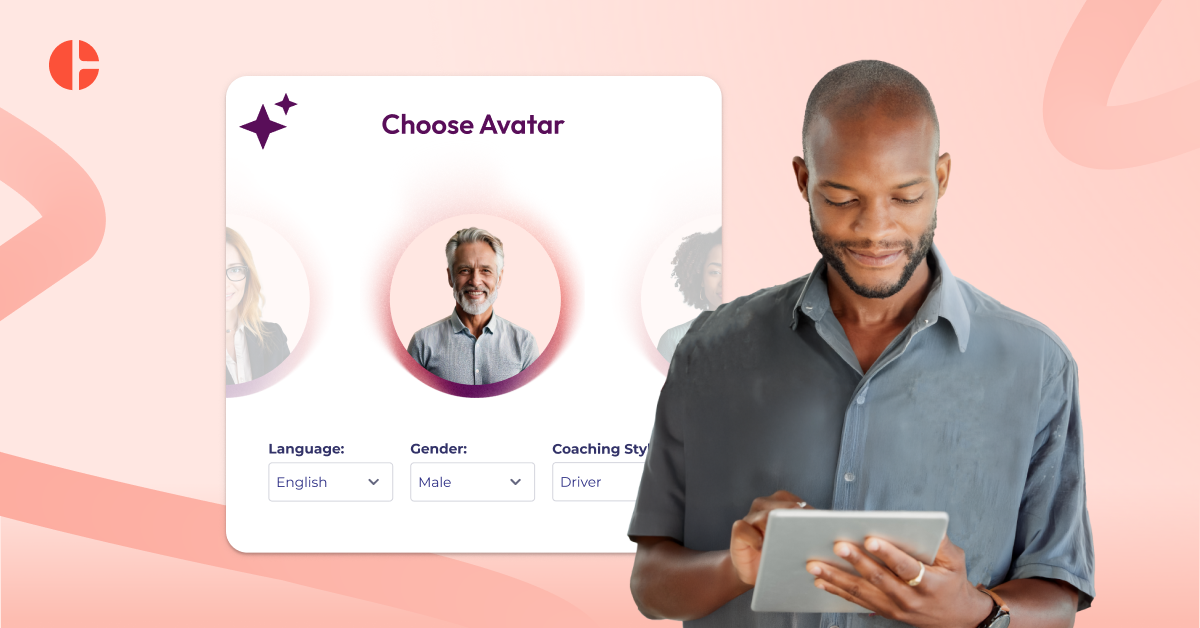Work-Life Balance for the Sandwich Generation: Strategies for Employers

Most people have not heard of the term "sandwich generation" but it is a reality many people live in. Picture this, you're a hard worker whose only wish at the end of a stressful day is to get home, sit back, and relax.However, you can't do that, because you have an old parent living with you that you need to care for. You also have to take care of your young children.So instead of enjoying your time alone, you're stuck trying to care for others who are dependent on you. This phenomenon is prevalent among the sandwich generation.The sandwich generation consists of adults who have to care for both older relatives and underage children while trying to take care of their lives.Just like a sandwich, the caregiver is stuck between two groups of people who need them. Oftentimes, this came to take a huge toll on the individual's ability to maintain a healthy work-life balance.Given the decline in mental health of youths worldwide, being a member of the sandwich generation can be a lot, especially when you have less time to attend to your own needs. While the situation can cause increased levels of stress in the caregiver, there are a number of things that can be done by employers to make their lives easier.
Understanding the Sandwich Generation's Unique Challenges
The sandwich generation is different from the previous work generations. They face some unique challenges that other generations never encountered. This is why they have higher levels of stress, anxiety and depression. They are also more likely to experience burnout.
A. The demands of caregiving
The sandwich generation is often stuck being the primary caregiver for people who can't take care of themselves. This means that they have very little time to take care of themselves. Most of their time and mental energy is devoted towards caring for those who are reliant on them like their elderly parents or their children.
B. Balancing work and personal responsibilities
They are faced with the challenge of balancing their personal life with work. This leads to stress, especially since their every waking hour will be spent thinking about their responsibilities. These people tend to have a very poor work-life balance. The resultant effect of this is that they may begin to neglect one or two duties.
C. Financial pressures
The financial constraints that come with having to take care of yourself and others are increased when you are a member of the sandwich generation. With the increased cost of living, members of the sandwich generation have a harder time taking care of all their financial responsibilities.
D. Emotional stress
There is a lot of emotional and psychological stress that comes with being a member of the sandwich generation. With the increased strain of carrying the mental load for the dependants, the caregiver may start to feel overwhelmed and on edge.
E. The impact on productivity and well-being
At the end of the day, the caregiver may have lower focus levels that impact their productivity both at home and at work. It becomes harder to devote time and energy to responsibilities at work when you barely have any time to rest or take a break at home. This affects the overall wellbeing of the caregiver.
Strategies for Supporting the Sandwich Generation
While it may not be possible to completely eliminate all the constraints of being a caregiver in the sandwich generation, it is possible for employers to put together initiatives that make their lives easier.
Flexible work arrangements
Workplaces can start to implement flexible work arrangements in companies that have a large population of the sandwich generation.
- Telecommuting: This is an innovation that allows workers to do their jobs using telecommunications technology. What this means is workers can now operate from the comfort of their homes. You may not need to always come into the office to communicate with colleagues or coworkers.
- Flexible scheduling: It is now possible for managers to create more flexibility for team members to work with. Through communication, employees and leaders can draft efficient plans that accommodate the lives of workers. In doing so, workers can balance their work with their personal lives without problems.
- Job sharing: There are many jobs that can be divided among two or more people rather than one. Job sharing ensures that responsibilities can be divided between individuals in the workplace. This way, workers have more free time to take care of their personal lives.
Paid family leave
Paid family leave (PFL) is a strategy implemented by many countries to provide employees access to benefit payments when they have to take time off work to look after a family member or child.The paid family leave package differs depending on the country but the ultimate goal is to ensure that employees can take time off work when they need to without having it affect their career. Companies with at least 50 employees in the US are mandated to provide paid family leave to their workers when they need it.As a member of the sandwich generation, some of the emotional strain comes from trying to balance work with life as a caregiver. The presence of paid family leave ensures that the workers can look after their loved ones and drop some of their mental load with a few extra benefits to help them.
Employee support programs
Many companies are aware of the constraints that come with being a member of the sandwich generation, and so they put certain programs in place to alleviate those responsibilities and make the lives of employees easier.Employee Assistance Programs (EAPs) are work-based strategies that are created to help employees when they have personal problems. The EAPs include features such as referrals or counselling to solve both personal, and work-related issues.
- Mental health support: One of the services offered in EAPs is mental health support. Many companies have counsellors and trained mental health professionals that employees can speak to when they start to feel the stress of their lives.
- Career coaching: Some companies offer career coaching services hosted by professionals to assist workers in making decisions to improve their careers while maintaining a good work-life balance.
Employee wellness programs
Employee wellness programs are initiatives present in many companies to improve the physical health of their employees. There are different types of employee wellness programs.
- Fitness programs: Some companies have compulsory fitness programs in place for their workers to ensure that they stay healthy. It is no secret that being physically healthy can have a big impact on the overall emotional and mental health of people.
- Stress management programs: Stress management programs like meditation or other relaxation exercises and techniques can help reduce the tension or stress of being in the work environment. By showing employees that their health is a priority, they become better team members.
- Nutrition programs: These are a great way to help employees stay in peak physical health. Food and nutrition are a big component of the overall wellbeing of individuals. Some companies have initiatives in place to encourage employees to prioritise their meals.
Digital coaching for the sandwich generation
Members of the sandwich generation can sometimes need guidance on how to arrange their lives and responsibilities. One of the ways of providing this guidance is through digital coaching.Digital coaching is a system of providing coaching and guidance to workers through technology. Digital coaching is one of the best innovations of the 21st century because it provides access to guidance without infringing on the lives of the clients. The coaching is tailored to fit into the schedule of the clients.Digital coaching can provide members of the sandwich generation with tips and solutions that will help them organise and prioritise better. Digital coaches teach their clients to pay more attention to their lives and to develop a better work-life balance as they juggle all their responsibilities. In the fast paced business environment, workers can often need external guidance.
Implementation and Best Practices
It can be difficult to live life fully as a member of the sandwich generation. All the responsibilities that come with work life and caregiving eventually take their toll if there is no time to slow down. However, it is possible to manage the responsibilities and live a fulfilling life. Here are a few tips that could help:
- Prioritise your health
- Learn to delegate responsibilities
- Look for support groups
- Look into senior care
Conclusion
Caring for family members and balancing work can be difficult for anybody. However, you need to realise that it is impossible to take care of everyone on your own. It is incredibly difficult to handle all your responsibilities and other people's responsibilities without burn out.If you feel like your life as a caregiver is having an impact on your health or your career, you may need to speak to a digital coach.
FAQ
Yes, executive coaching plays a key role in retaining and engaging senior leaders by giving them space to reflect, grow, and lead with purpose. Through individualised support, executives strengthen communication, decision-making and resilience — all of which drive engagement and long-term satisfaction.
With CoachHub Executive™, organisations not only see improved leadership performance but also greater alignment, motivation and confidence among their top talent, resulting in higher retention and a stronger leadership pipeline.
CoachHub Executive™ goes beyond one-to-one sessions by integrating technology, measurable insights and continuous learning into every coaching journey. Each executive benefits from personalised matching with certified coaches and flexible session formats to reinforce development between sessions.
While traditional coaching often lacks scalability or measurable tracking, CoachHub ensures impact visibility through data-driven dashboards, 24/7 scheduling flexibility and a consistent, high-quality experience for leaders worldwide, that can be tailored to your organisation's goals.
Yes, executive coaching is delivered across 90 countries in 40+ languages, with localised coach networks that meet the cultural and business needs of global organisations.




.svg)


.svg)





.png)



